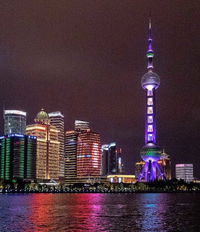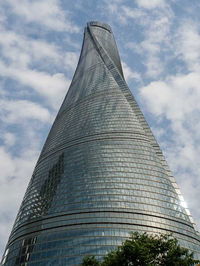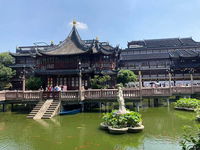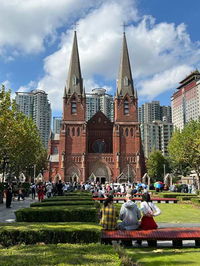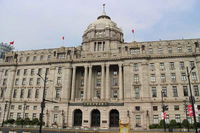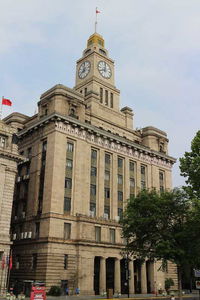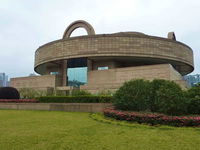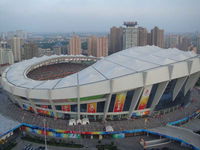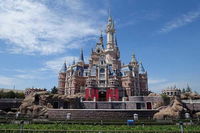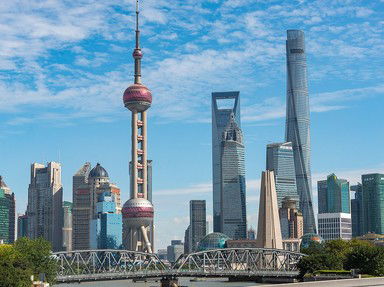
Shanghai Sights Trivia Quiz
As you can tell from the spectacular skyline used as a cover image for this quiz, Shanghai has a multitude of fascinating buildings, both new and old. Can you identify the ones pictured here?
by looney_tunes.
Estimated time: 3 mins.
- Home
- »
- Quizzes
- »
- Geography Trivia
- »
- Asia
- »
- China
